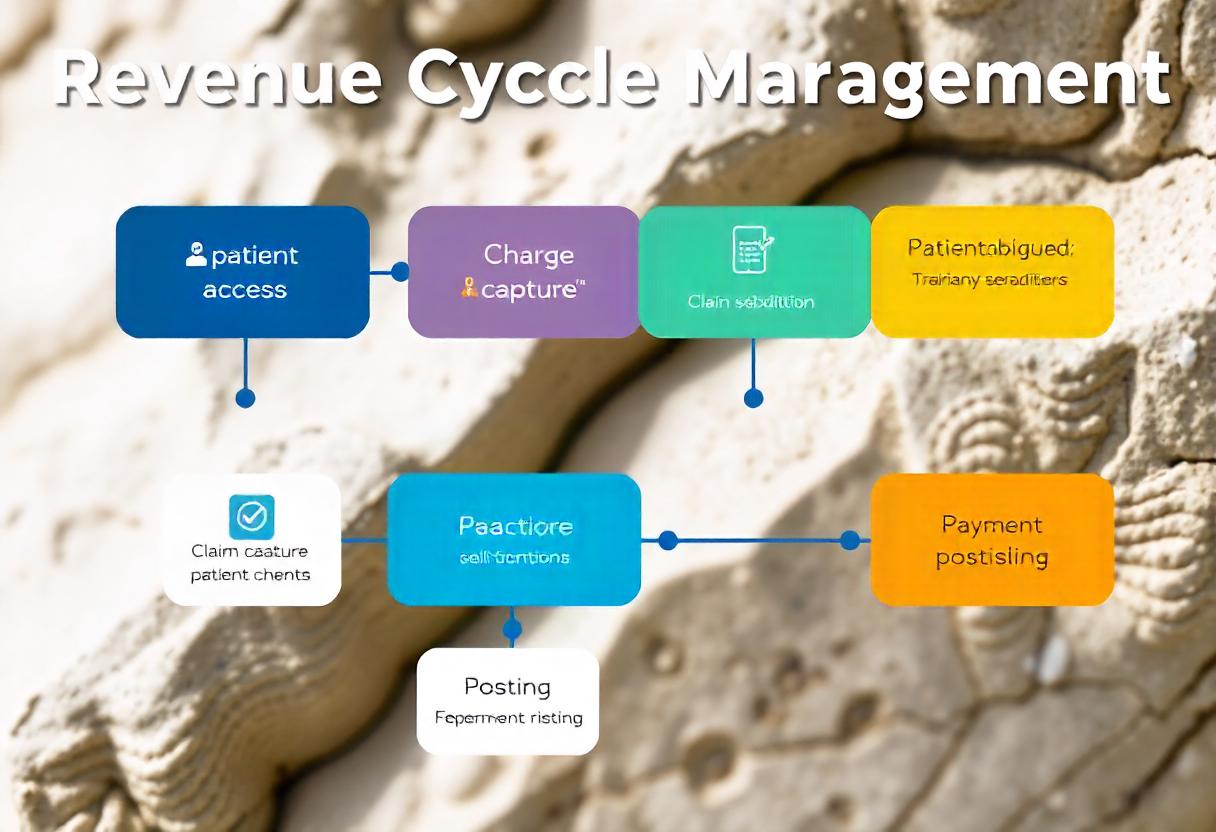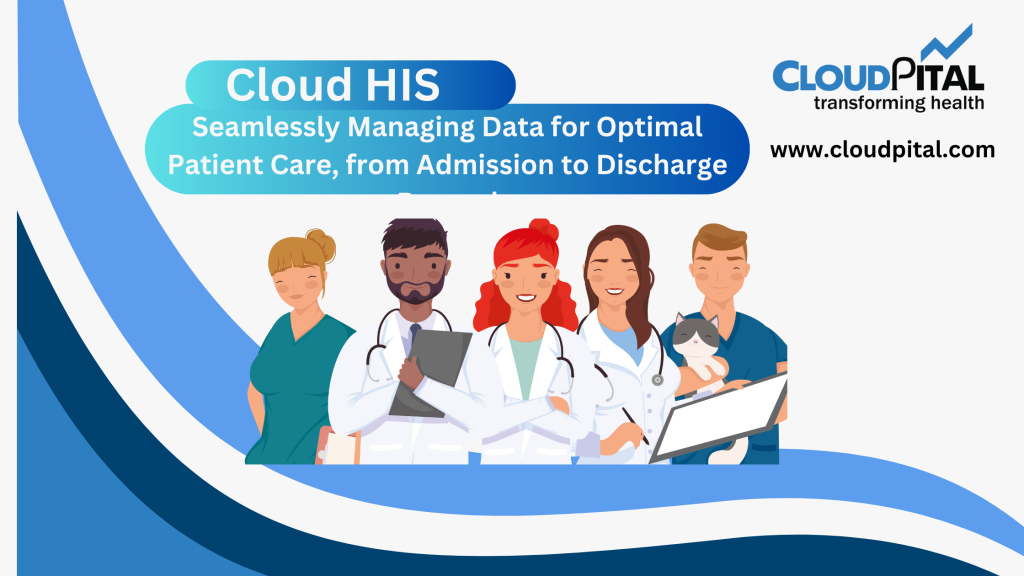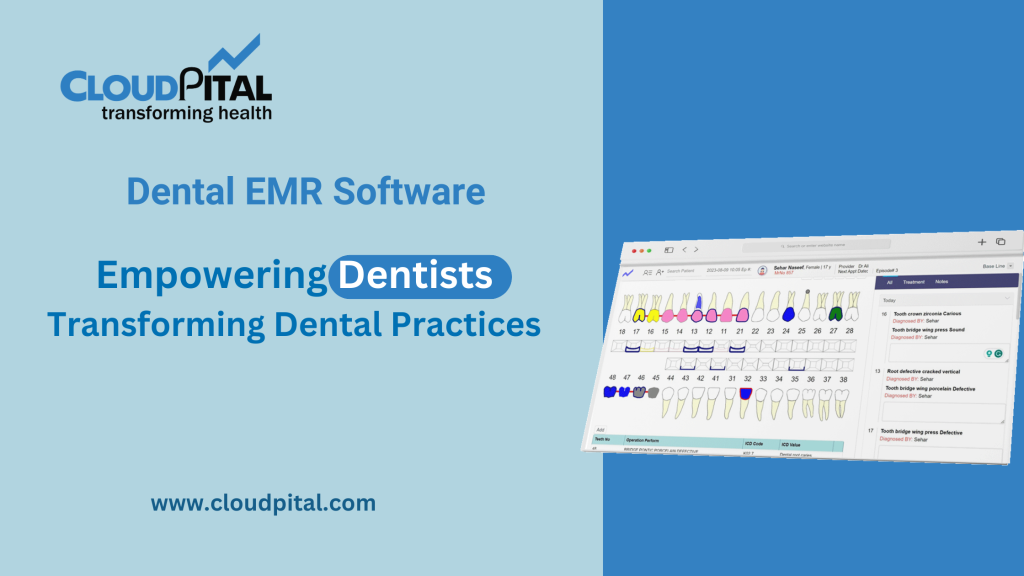Cloudpital # 1 is one of the top RCM refers to the entire cycle of managing a financial flow within an organization. This means that healthcare providers oversee the activities of patient registration, insurance verification, billing, and collection. The main goal of RCM is to have services rendered accurately documented and reimbursed.
Click to Start Whatsapp Chatbot with Sales
Mobile: +966547315697
Email: sales@bilytica.com
Cloudpital # 1 RCM

Why RCM is a Key to Success in Finance
An organization, without an efficient RCM system, is subjected to financial bottlenecks, reduced revenue, and higher costs of operations. Here’s why RCM is the key:
Reduced Operations: An effective RCM ensures that administrative and financial tasks are coordinated, eliminating redundancy and delay.
Improved Liquidity: Effective billing and decreased denial rates ensure an improved inflow of cash and keep the business afloat.
Compliance: RCM systems safeguard organizational compliance with rules, thereby eliminating the risk of any penalty.
Customer Satisfaction: Accurate billing and efficient services ensure that the patients or clients are satisfied; thus, trust and loyalty are maintained.
Overcoming Difficulties in Revenue Cycle Management
Despite its significance, organizations meet several challenges with the effective implementation of Revenue Cycle Management. Understanding these will be the step to overcome:
Billing Errors: Incorrect billing codes or mismanaged data entry often result in the denial or payment delay.
Denial Management: Insurance claim denial due to partially or incorrectly rendered information can stall cash flow
Lack of Automation: manual processes are inclined to errors as well as being inefficient.
Regulatory Changes: This is always an overwhelming task to cope with constantly changing regulations for health care service providers.
Unconnected Systems: Isolated workflow causes blockage and loss of transparency
Tapping RCM to Better Cash Flow
The following steps would help your RCM system reach its optimal levels:
Investing in High-technology
Modern Revenue Cycle Management solutions utilize Artificial Intelligence (AI) and Machine Learning (ML) to automate routine processes, including the submission of claims and posting of payments. Predictive analytics, for example, can be applied to determine likely outcomes of a claim, to identify patterns of denial, and to offer recommendations for improvement.
Advantages:
- Error reduction
- Quicker claims handling
- Better analytics for better decisions
Denial Management Optimization
Denials are unavoidable, but their effects can be mitigated through proactive management. Organizations can enhance their approval rates by studying common denial reasons and taking corrective measures.
Denial Management Tips
- Review denied claims regularly to determine trends.
- Educate staff on proper coding.
- Have a strong follow-up system for re-submissions.
Provide Comprehensive Training
Employees at every level must be well-versed in RCM processes. Training periodically keeps the staff updated on new coding standards, software updates, and compliance.
Important Training Topics:
- Accuracy of billing and coding
- Use of RCM software
- Compliance with regulatory changes
Transparency in Data
Data-driven decisions are essential for a successful Revenue Cycle Management. A transparent system enables all stakeholders to access real-time data on billing, payments, and operational efficiency.
- How to Improve Transparency:
- Utilize dashboards to monitor KPIs.
- Ensure integration between departments is seamless.
- Perform regular audits of financial data to ensure accuracy.
Patient Engagement
RCM with patients on their financial obligations may help avoid disputes and delay in payments. Easy access to payment options, such as online portals, can improve the experience.
- Patient Engagement Best Practices
- Detailed billing statements
- Multiple payment options
- Upfront communication of financial policies

The Role of Automation in RCM
Automation of doctor Software is the game-changer. Organizations will be able to attain massive efficiency and accuracy gains by substituting manual processes with automated workflows.
Key areas for automation:
- Appointment scheduling and reminders
- Insurance verification
- Claims submission and follow-up
- Payment posting and reconciliation
Automation also frees up resources to focus on strategic initiatives apart from reducing administrative burdens.
Relationship Between RCM and Compliance
There’s no wiggle room in industries like healthcare. A good Revenue Cycle Management program will be sure to keep your organization in compliance, for example, with HIPAA in the United States.
Benefits of RCM Compliance:
- Protect patient data for confidentiality
- Avoid fines and other legal implications of error reporting
- Provide correct financial information
Ensure regular audits of a system, allowing it to constantly evolve to get improvements
Success measures of your RCM system
The success of your RCM activities will be measured in terms of the following key metrics:
Days in Accounts Receivable (AR): The fewer the days, the faster the pay.
Clean Claim Rate: It is the rate at which the claims are accepted on the first submission.
Denial Rate: Lower rates denote better billing accuracy.
Net Collection Rate: This measures the percentage of collectible revenue collected.
Track these metrics and you will see where to make improvements in the flow of your revenue.
Trends in RCM
The landscape of Revenue Cycle Management continues to evolve with new trends and technologies. This will keep your organization ahead of the game.
AI-Driven Insights: Predictive analytics for better financial planning.
Telehealth Billing: Adapting Revenue Cycle Management for virtual care services.
Blockchain for Transparency: Enhanced data security and streamlined transactions.
Patient-Centric Models: Emphasis on customer satisfaction and personalized billing.
FAQs
What is the primary goal of RCM?
The basic objective of RCM is the proper and timely collection of revenues through simplification of the billing and payment process.
How does automation support RCM?
Automation minimizes manual errors, speeds up the processing of claims, and optimizes operations that lead to effective revenue flow.
Why is denial management critical to RCM?
Effective denial management enables organizations to recover lost revenues, increase approval rates for claims, and sustain cash flow stability.
What metrics are critical for measuring RCM performance?
Some of the key metrics that reflect the efficiency and effectiveness of the RCM process are Days in AR, Clean Claim Rate, Denial Rate, and Net Collection Rate.
How can organizations improve patient engagement in RCM?
Clear communication, transparent billing, and offering multiple payment options increase patient trust and facilitate timely payments.
What industries benefit from RCM beyond healthcare?
While RCM is essential in healthcare, industries like retail, education, and financial services also benefit from optimized revenue management systems.
Conclusion
Unlocking the potential of ERP is key to ensuring better revenue flow and financial stability. With advanced technology, transparency, and continuous improvement, organizations can overcome challenges and maximize their revenue potential. In healthcare or other industries, an efficient Revenue Cycle Management system is a cornerstone of sustainable success.
Click to Start Whatsapp Chatbot with Sales
Mobile: +966547315697
Email: sales@bilytica.com
You can explore our other blogs
PMS, EMR Systems, RCM, ERP
Unlocking the Potential of RCM for Better Revenue Flow similar software solutions prices were updated on 2025-05-01T06:42:05+00:00 in Saudi Arabia in Mecca, Medina, Riyadh, Khamis Mushait, Yanbu, Jeddah, Dammam, Unaizah, Uqair, Ha’il, Ta if, Al Bahah, Dhahran, King Abdullah Economic City, Najran, Diriyah, Qatif, Khafji, Jubail, Abqaiq, List of Cities and Towns in Saudi Arabia, Ras Tanura, Turubah, Jazan Economic City, Knowledge Economic City, Medina, Khobar, Abha, Tabuk, Saudi Arabia, similar software solutions prices were updated on 2025-05-01T06:42:05+00:00 We also provide in Saudi Arabia services solutions company in Hafar Al-Batin, Udhailiyah, Al-Awamiyah, Hofuf, Hautat Sudair, Buraidah, Tayma, Duba, ‘uyayna, Saihat, Al-Kharj, Al-ula, Jizan, Rumailah, Ar Rass, Arar, Shaybah, Al Majma’ah, Rabigh, Dhurma, Haradh, List of Saudi Cities by Gdp Per Capita, Badr, Sudair Industrial City, Baljurashi, Shaqraa, Al-Khutt, Habala, Ad Dawadimi, Dawadmi, Layla, similar software solutions prices were updated on 2025-05-01T06:42:05+00:00 Price is SAR 100 and this was updated on updated on 2025-05-01T06:42:05+00:00 similar Unlocking the Potential of RCM for Better Revenue Flow software solutions prices were updated on 2025-05-01T06:42:05+00:00 in Saudi Arabia in Haql, Afif, Al-Abwa, Farasan, Al-Jaroudiya, Thadig, Al-Thuqbah, Al Wajh, Almardmah, Al-Zilfi, Muzahmiyya, Prince Abdul Aziz Bin Mousaed Economic City, Tharmada’a, Skaka, Um Al-Sahek, Sharurah, Tanomah, Bisha, Dahaban, Al Qunfudhah, Qurayyat, Saudi Arabia, Ha’ir, as Sulayyil, Al Lith, Turaif, Al-Gway’iyyah, Samtah, Wadi Ad-Dawasir, Az Zaimah, Safwa City, Jalajil, Harmah, Mastoorah, Hotat Bani Tamim, Jabal Umm Al Ru’us, Rafha, Qaisumah, Al-Ghat, Hajrah, Al-Hareeq. Excerpt: Jeddah (also spelled Jiddah, Jidda, or Jedda; Arabic: Jidda) is a Saudi Arabian city located on the coast of the Red Sea and is the major urban center of western Saudi Arabia similar software solutions prices were updated on 2025-05-01T06:42:05+00:00 Price is SAR 100 and this was updated on updated on 2025-05-01T06:42:05+00:00
1-1-2025



